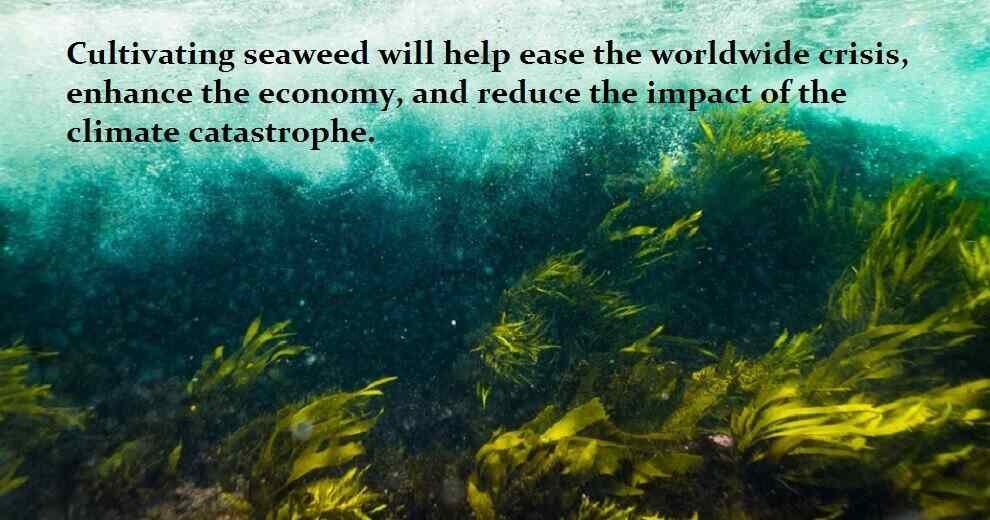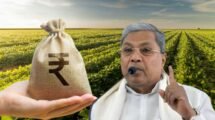According to Jatindra Nath Swain, the Fisheries Secretary, the central government is looking forward to building a sustainable economy through very promising seaweed production.
Seaweed
Thousands of species of macroscopic, multicellular, marine algae are referred to as seaweed or macroalgae. Rhodophyta (red), Phaeophyta (brown), and Chlorophyta (green) macroalgae are included in the word. Seaweed species such as giant Kelps provide an important nursery environment for fishes and other marine animals, so protecting food sources. Few other species, such as planktonic algae, capture carbon and provide up to 50% of the world’s oxygen.
Cultivating seaweed will help ease the worldwide crisis, enhance the economy, and reduce the impact of the climate catastrophe, he added, at a time when climate change is increasingly posing a huge threat to human life.
Also Read: India plans to increase seaweed output at 11.5 lakh tonnes in five years
He was presenting at a Central Marine Fisheries Research Institute interactive discussion with scientists (CMFRI).
‘The promising Seaweed farming will play an important role in the socio-economic improvement of the traditional fish farming community in this difficult time,’ the secretary stated.
Seedbank for Seaweed
He urged that the CMFRI establish a seaweed seed bank in order to take the technique and methods throughout the coastal and fish farming regions.
‘Marine scientists should come up with strategies to build capacity to increase large-scale seaweed cultivation,’ he added, noting that the Pradhan Mantri Matsya Sampada Yojana (PMMSY) has a special focus on seaweed farming.
After taking over the portfolio four months ago, he went to Kerala to learn about the concerns and challenges that the industry is facing. CMFRI scientists from various regional research stations across the country joined the meeting, in addition to those from the Kochi headquarter.
Increasing fish exports by twofold
India plans to double its seafood exports in the next five years, according to the Fisheries Secretary. In this context, technological advancement is critical, particularly in areas such as seed production and other hatchery infrastructure for a variety of mariculture activities.
Swain said the government supports cage fish farming, which would help local fishermen quadruple their income, and praised CMFRI’s efforts to promote the industry across the coastal states.
Ranching on the sea
Sea ranching programs, which involve planting seeds in the sea, should be improved by expanding them to new places, as CMFRI’s approach has shown to be a tremendous success in Palk Bay for the past few years in maintaining a sustainable stock of the species and conservation, as this Bay is a shallow semi-enclosed sea body having a maximum depth of 13 meters. It is situated between India’s southeast coast and Sri Lanka.
Also Read: ADAK opened aqua diagnostic laboratory for fish & shrimp infections
He asked experts to focus on measures to promote responsible fishing and to establish appropriate systems to improve sustainable fishing, citing his concern about resource depletion and ecological damage.


















Add Comment